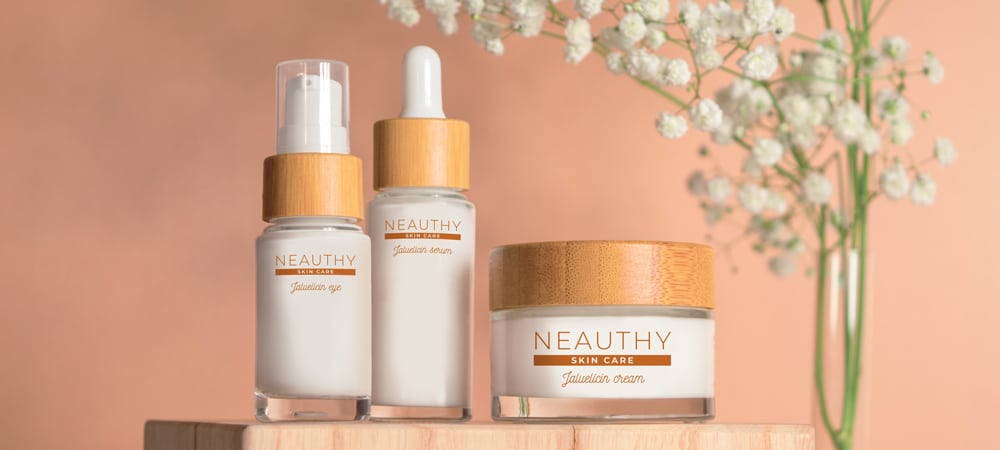If you’re passionate about skincare, you might have considered launching your own skincare line. After all, you’ve experimented with different brands, developed a feel for what works and doesn’t, and watched many brands gain success!
If you have a great idea for a skincare line, it’s important to act quickly—timely action can make all the difference in the fast-evolving skincare industry.
Now is the perfect time to start your own skincare line. The skincare industry is thriving, growing year after year. It’s projected to be worth $189 billion dollars by 2025!
But starting your own skincare line takes more than a passion for moisturizers and serums. It takes planning, strategy, and a business-savvy approach that can lead to success.
With the right steps in place, though, you can launch a successful skincare brand, even if you don’t have business experience.
Read on to find out how to start your own skincare line!
Introduction to the Beauty Industry
The beauty industry is bigger—and more dynamic—than ever. With the global skincare market projected to reach $189.3 billion by 2025, there’s never been a better time to carve out your place in this thriving industry.
Platforms like TikTok and Instagram, small brands now have a direct line to consumers, making it possible to launch a skincare line, grow an audience, and build a loyal customer base from day one. The playing field has changed—and it’s full of potential.
But entering the beauty space takes more than passion and a good product. Success starts with understanding the trends shaping the industry, identifying what your customers truly want, and creating a brand that connects. That means doing thorough market research, crafting a thoughtful business plan, and building with intention from the ground up.
By staying informed and strategic, you can create a skincare business that not only meets the needs of your target market but also stands out in the ever-evolving beauty industry.
Step 1: Conduct Market Research
Before you dive into creating your own skincare line, it’s vital to conduct thorough market research. This step helps you understand your target audience, their unique skincare needs, and the current trends shaping the skincare industry. By analyzing what’s already available and identifying gaps in the market, you can spot opportunities for innovation and differentiation.
Start by exploring social media platforms to see what your potential customers are talking about, what products they love, and what they wish existed. Engage with beauty communities, read reviews, and gather feedback to inform your product development. It’s also important to study other skincare brands—look at their products, marketing strategies, and customer engagement tactics. By learning from both their successes and shortcomings, you can create a skincare line that truly resonates with your audience and stands out in a crowded market.
Step 2: Create a Business Plan
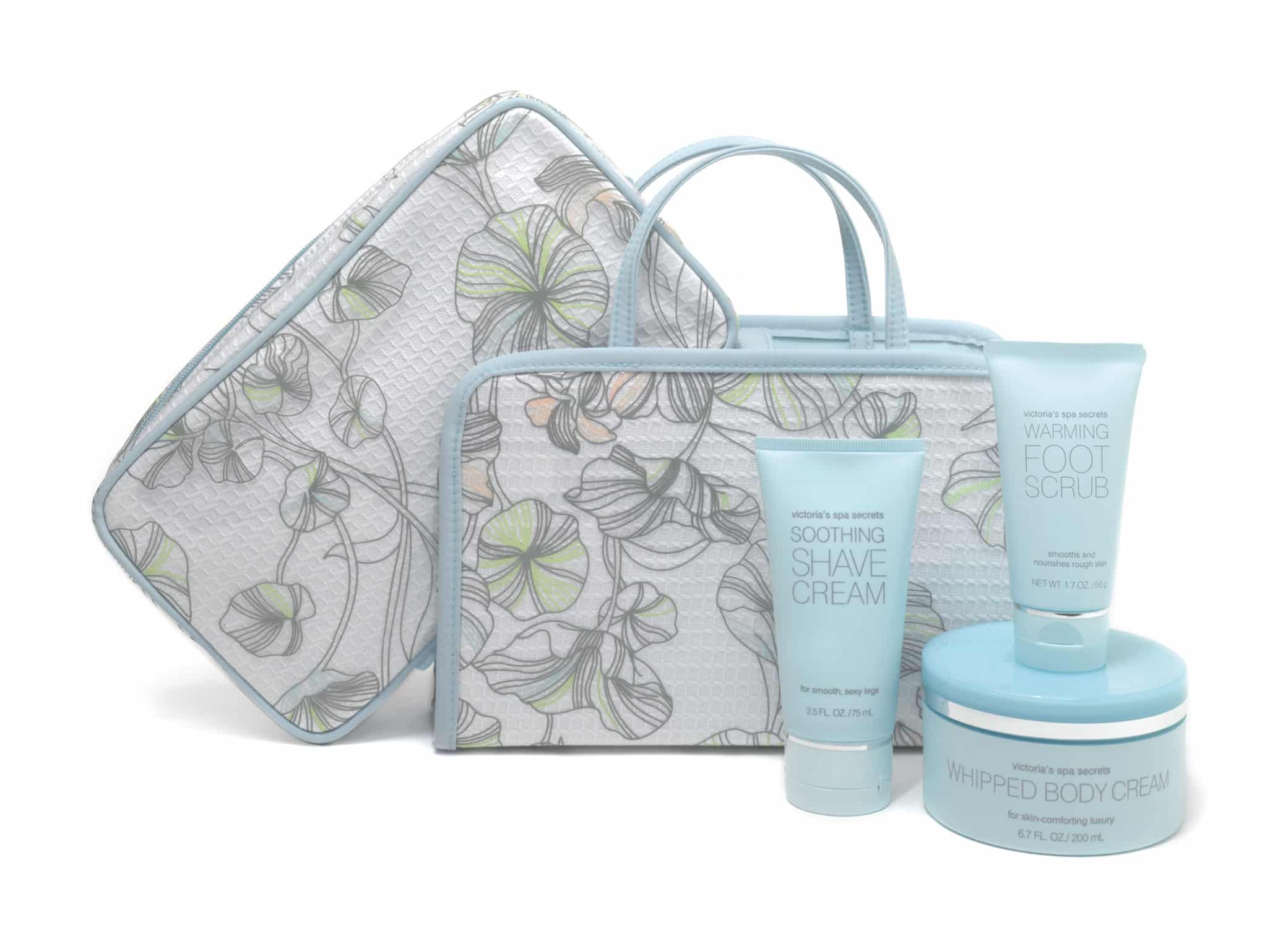
Once you’ve gathered insights from your market research, the next step is to create a comprehensive business plan for your skincare line. Your business plan is your roadmap—it outlines your brand’s mission, core values, and the unique selling proposition (USP) that will set your skincare business apart. Clearly define your product offerings and how they address the needs of your target audience.
A strong business plan should also detail your marketing strategies, including how you’ll use social media marketing, content marketing, and influencer partnerships to build brand awareness and attract customers. Don’t forget to include financial projections, such as startup costs, manufacturing costs, and shipping costs, to ensure your business is set up for profitability. By taking the time to create a thoughtful business plan, you’ll be better prepared to launch, grow, and sustain a successful skincare brand.
Before you start working on the technical aspects of your business, you need to first consider what types of products you want to offer.
The skincare industry offers plenty of possibilities. Do you want to offer a skincare line with anti-aging products? Moisturizers? Acne solutions? Facial cleansers?
There is a growing demand for skin care products made with organic ingredients, as consumers increasingly seek out natural and safer options. This trend can influence your product selection and help your brand stand out in a competitive market.
You can choose to focus on just one product or offer a small handful of selections. Either way, you’ll want to keep your offerings limited at first—this will help you perfect your products and stay focused on developing a high-quality skin care product that meets consumer expectations.
It’s ok if you’re not completely sure what you want to offer yet. Getting clear on your audience and your niche will help you figure out what products to offer. But starting with a vision in mind will set you up for success. Additionally, considering diverse skin tones when developing products will ensure your line is inclusive and resonates with a wider audience. Influencer marketing and strategic brand launches can effectively promote your beauty products, tapping into the lucrative skincare and broader beauty industry.
Step 3: Determine Your Target Audience
As you start to form an idea for the products you want to offer, you’ll want to narrow in on your customer base.
Too often, businesses start developing products and building a brand without getting clear on who they want to serve. But successful business owners know that it should be the other way around—your target audience should inform all of your other business decisions.
Maybe you plan to target teenagers or young adults struggling with acne. Or perhaps your audience is middle-aged women looking for anti-aging solutions. You might serve those looking for natural skincare alternatives.
Understanding your target audience is crucial for customer retention, as it helps in implementing strategies to retain customers and maximize revenue over time.
You’ll want to create a brand around your target audience. Teenagers and middle-aged women will appreciate different logos, brand colors, and packaging styles. That’s why it’s important to get clarity early on about who you want to serve with your skincare line!

Repeat customers are significant for business growth, as retaining existing customers can lead to substantial revenue increases over time.
Think about your target audience’s age, income level, gender, and most importantly, their pain points (and how you can solve them)!
If you aren’t sure who your target audience is, try using the Value Proposition Canvas—a tool to help determine how your products offer solutions to your customers.
Step 4: Carve Out Your Niche
The next important step in starting a skincare line is determining your niche. You want to figure out what sets you apart and makes your business special.
For new business owners, choosing a niche can be intimidating. You might think you’re turning away business or limiting yourself. Defining your brand’s mission is a foundational element of building a brand identity and helps create an emotional connection with customers. Clearly articulating your brand’s mission will guide your decisions and resonate with your target audience.
But the old saying goes, “if you try to sell to everyone, you’ll sell to no one.” In a competitive industry, the best way stand out and succeed is to narrow your focus and choose a profitable niche. Establishing a strong brand identity is crucial to standing out in the market. Consistency in brand voice, visual identity, and packaging design can help connect with your target audience and build trust.
Your target audience will help you determine your niche. For example, if your ideal customer suffers from sensitive skin, you could start a skincare line offering unique non-irritating skincare products. Alternatively, focusing on vegan products is another specialized niche that can help your skincare line stand out.
Competitor research can also help you choose your niche. Spend some time getting familiar with people in your industry. What type of language do they use? What do their brand colors look like? Who are they serving?
Once you get an idea of what competitors are offering, figure out what you can create that’s different. That’s where your niche will lie! Analyzing other skincare brands can help you identify effective practices and potential market gaps that you can leverage for improvement.
Step 5: Set Up Your Business Legally
Before you can start manufacturing and selling your products, you need to set your business up legally.
The first step is to choose your business’ legal structure. A sole proprietorship or a general partnership might be right for you if you have limited capital and need the fastest and simplest solution. These typically require applying for an EIN (or federal tax number) and a DBA (or “doing business as” name).
However, forming an LLC (or limited liability corporation) might be a better choice if it’s a viable option for you financially. Under an LLC, your business is set up as a separate entity from you, meaning your personal assets will be protected in case of a lawsuit.
S Corps and C Corps also offer liability protection. They also come with tax benefits that might come in handy. But they are more complicated and expensive to set up, so they might not be the ideal choice for you as you start your skincare line. (You can always change your business structure later down the line as you grow!)
You should also consider product liability insurance to protect your business from legal claims related to product safety and adverse reactions. Additionally, secure your brand and products through intellectual property protections such as trademarks and copyrights.
You also need to research your state’s requirements for business licenses and sales tax permits, along with any additional certifications you might need. It’s important to understand all legal requirements for skincare businesses, including product labeling and regulatory compliance. If you plan to sell your skincare products in other countries, make sure to research and comply with their specific legal requirements and regulations.
Setting your business up officially and legally will protect you later down the line and help your skincare line run smoothly.
Step 6: Choose Your Manufacturing Path
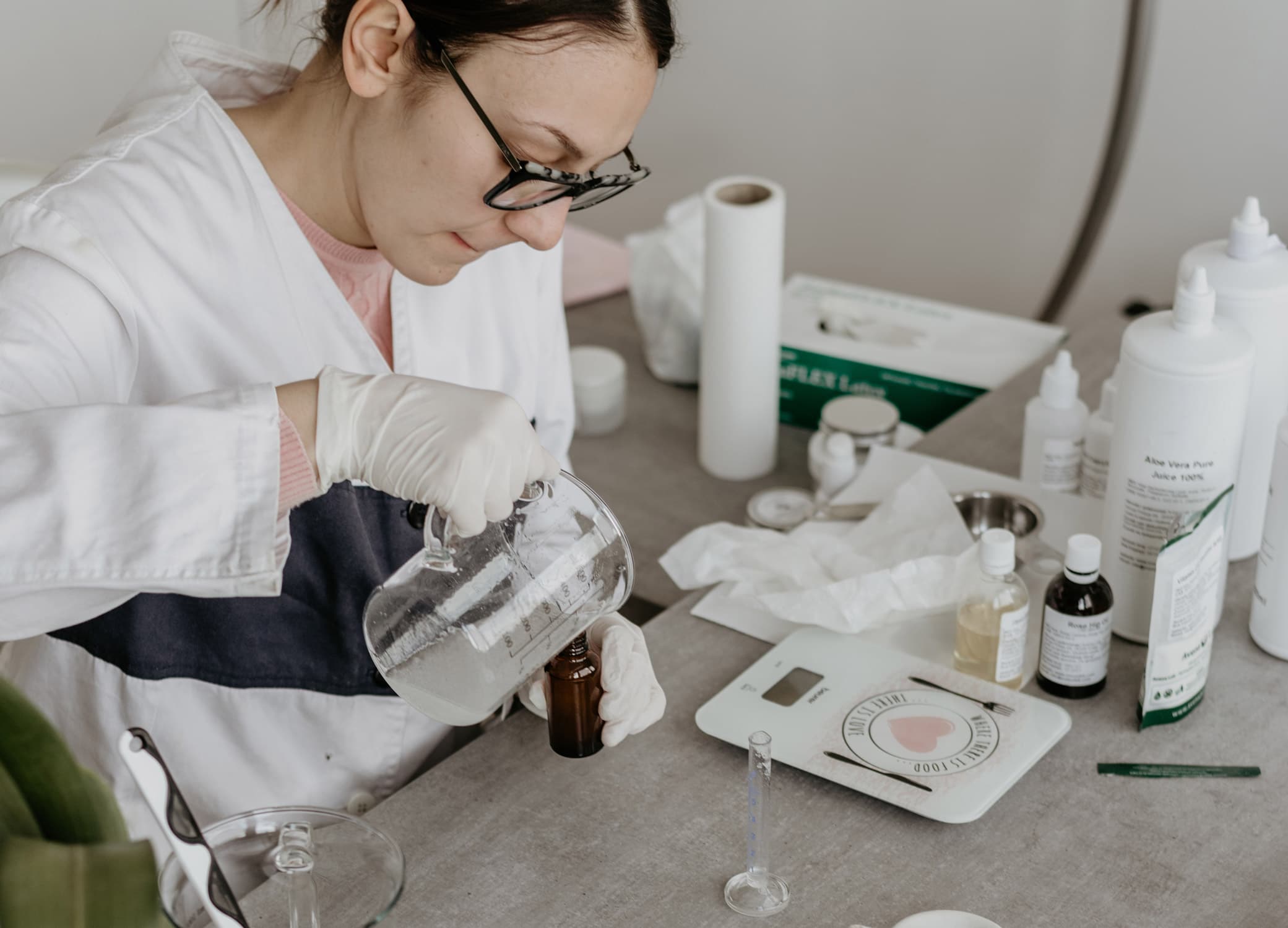
There are several different ways to manufacture your skincare line. You can choose to manufacture your own skincare products in-house, work with a contract manufacturer, or build your own line through private label or custom manufacturing. Private labeling allows new skincare brands to customize existing products with their own branding and unique ingredients, making it a cost-effective and accessible entry point into the market.
In-house manufacturing is typically only an option for large companies with plenty of capital. This option does allow you to maintain control over your products, but it comes at a large cost. Private labeling allows new skincare brands to customize existing products with their own logo and unique ingredients, making it a cost-effective and accessible entry point into the market. Private label products often come with pre-conducted testing and safety assessments, providing convenience and reassurance for brands.
With contract manufacturing, you work with a manufacturer who will add specific ingredients to existing formulas, creating the products you will sell. Alternatively, you can work with a custom-formula manufacturer to create completely unique products for your business, developing your own formulations for a distinctive product offering. This does come at a higher cost than private label, and the turnaround time will be slower. Custom formulation is essential for brands looking to create unique products that stand out in the market.
If you choose to private label your skincare line, you will buy existing products from a manufacturer and add your own branding and marketing, including your own logo to establish your brand identity. This is usually the cheapest and simplest option—however, it does mean that your products are not unique. Some manufacturers offer a one stop shop service, handling everything from formulation to labeling, making the process seamless for clients.
There isn’t a right or wrong manufacturing path to choose. It all depends on your business, your budget, your goals, and your vision. Understanding minimum order quantities (MOQs) is crucial when choosing a manufacturer, as it impacts production costs and customization options. The advantage of low minimum order quantities is that they allow new or small businesses to start with smaller batches, reducing inventory risk and making private labeling more accessible. (For more guidance on manufacturing paths, check out our course, Launch My Beauty Product!)
Step 7: Locate a Skincare Manufacturer
Unless you are able to manufacture your skincare line in-house, you’ll need to find a third-party manufacturer.
You can choose a manufacturer in the United States, or opt for an overseas manufacturer. If you choose to partner with someone overseas, just keep in mind that there could be a quality control issue, and it will be harder to address problems as they arise.
You can find manufacturers through online directories, like Thomas Net and Maker’s Row.
Sarati International is a popular private label option for skincare. Essential Wholesale and Labs offers both private label and contract manufacturing in the skincare industry.
If you want to use a custom-formula chemist, The Chemist’s Corner is a great resource for locating someone to work with.
Make sure you are clear on expectations and open with communication. Find out what is included when working with your manufacturer. For example, some manufacturers only create the product, and others can handle both the product and the packaging. You don’t want to be surprised down the road!
Step 8: Build Your Brand
The skincare industry is competitive. If you want your skincare line to stand out, you need more than just a business—you need a brand!
Branding includes your brand story, logo, packaging, business name, tagline, copy, and brand colors—all of the assets that people see and associate with your brand. Product packaging is a crucial component of brand identity, reflecting the overall image and values of your business. Crafting a clear mission statement is also essential, as it defines your company’s goals and purpose, guiding your brand and helping to attract customers.
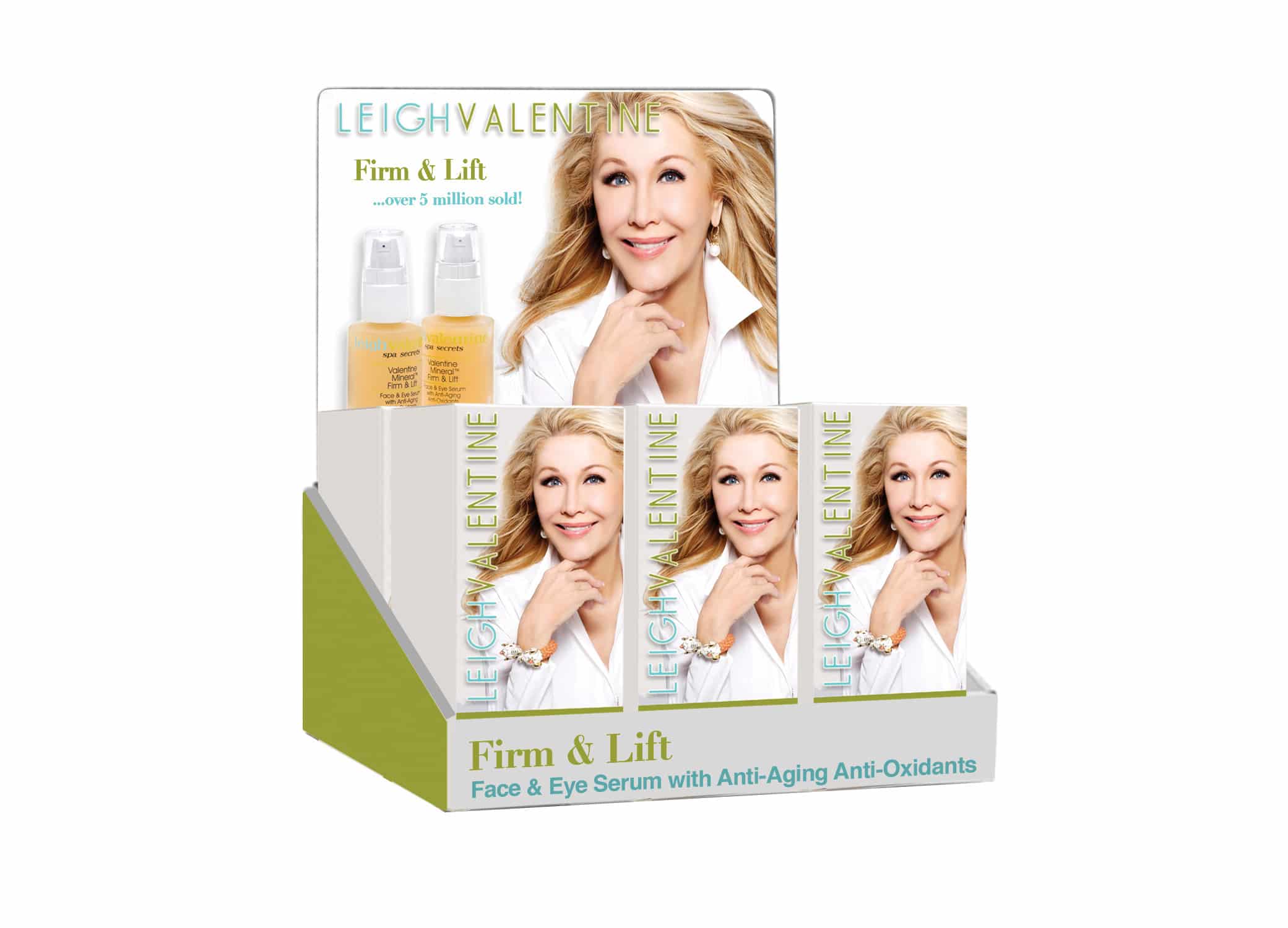
Think about your niche and your target audience. What brand colors and imagery will resonate with them? What will help your product stand out on the shelf? Will you use bold, eye-catching colors to draw them in? Or does your target audience prefer sleek, metallic colors?
Every element of your branding should tie back to your audience. What typography will resonate with them? Will your copy persuade them to buy? What imagery do they connect with?
Your branding decisions need to be made with your customer in mind, along with your overall vision for the brand. A strategic branding agency or a designer can help you determine how to position your skincare line and connect with your audience. Defining your brand’s mission is essential to ensure it resonates with your target audience and connects on a deeper level.
Step 9: Ensure that Your Label Follows Industry Standards
You’ll also need to research the laws and compliance surrounding your cosmetic products.
For example, you have to be transparent about the ingredients in your products. Accurate product labels are essential—they must comply with industry standards by including ingredient lists, usage instructions, and necessary warnings to ensure consumer safety and meet legal requirements. You also have to offer certain warnings associated with specific products, like allergy warnings or sunburn warnings.
Consider consulting with an attorney to ensure that your labels follow FDA guidelines. Be sure to perform due diligence to confirm that all labeling and regulatory requirements are met. Conducting safety testing is necessary to ensure your products are safe for consumer use, and stability testing should be performed to validate product shelf life and safety. It is also important to understand and clearly state the shelf life of your products on the label.
You’ll also need to incorporate barcodes into your label to simplify inventory and satisfy retailer requirements.
Step 10: Launch Preparation
As you approach the launch of your skincare line, preparation is key to making a strong first impression. Finalize your product formulations, ensuring they meet quality standards and are properly labeled according to all regulatory requirements. Invest in packaging that reflects your brand’s identity and appeals to your target customer.
Develop a robust marketing strategy to create buzz around your launch. This should include social media marketing, email campaigns, and collaborations with influencers who align with your brand values. Prepare your customer service processes so you can respond quickly to inquiries and resolve any issues that may arise. By being organized and proactive, you’ll set your skincare business up for a smooth and successful launch, ready to delight your first customers and build lasting relationships.
Step 11: Decide Where and How to Sell Your Products
Before you can start selling your skincare products, make sure you have completed all legal and logistical preparations, such as setting up your business, obtaining necessary licenses and permits, and ensuring compliance with FDA regulations.
Once you have your manufacturing and production lined up, you need to consider where and how you’re going to sell your skincare line. Small businesses are increasingly using modern social media platforms like TikTok to gain entry into the lucrative skincare market.
Many skincare businesses start by selling online, either directly through their own websites or partnering with larger retailers like Amazon. Make sure your website or product page is clear and easy to navigate. Well-designed product pages that showcase your skincare products, provide detailed information, and encourage purchases are essential for guiding visitors through the buying process and increasing conversion rates.
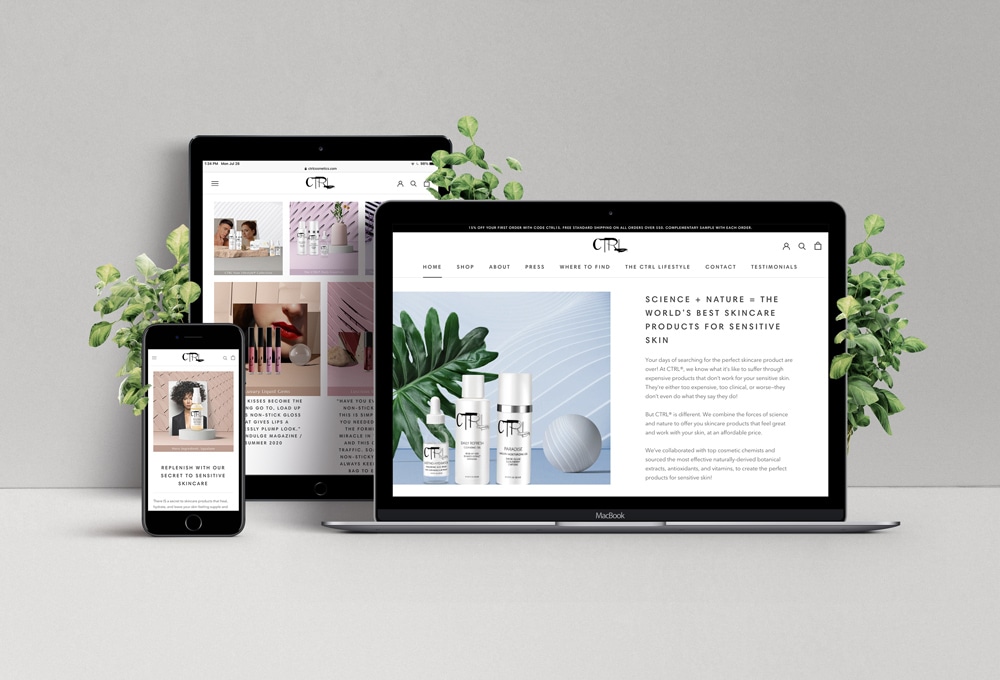
You might also want to sell wholesale to larger retailers. Contact specialty stores or local pharmacies to see if you can sell your product there. As your business grows, connect with distributors that can help land your products in larger cosmetics stores. When expanding to wholesale or new channels, be prepared to create products that meet the specific requirements and preferences of different retailers and distributors.
Remember that retailers and distributors get contacted by many different companies looking to expand their reach. Take the time to ensure that your product looks credible, professional, and marketable before you reach out!
Step 12: Market and Spread the Word
Marketing is the final ongoing piece of the puzzle to help your brand thrive. Create a quality website that reflects your brand and resonates with your audience. Building a strong online presence is critical for any skincare brand, whether you’re selling products online or in-store. It involves creating a professional website, leveraging social media platforms, and developing a digital marketing strategy.
Your website should be visually appealing, easy to navigate, and mobile-friendly. High-quality product images and detailed product information are essential to attract and retain customers. Make sure your website reflects your brand’s identity and provides a seamless shopping experience.
Investing in content marketing, search engine optimization (SEO), and email marketing is also crucial. Content marketing involves creating valuable and relevant content to attract and engage your audience. SEO helps improve your website’s visibility on search engines, driving organic traffic to your site. Email marketing allows you to stay connected with your customers, promote new products, and offer exclusive deals.
Social media also offers plenty of possibilities for skincare brands. Make sure that you have a strong presence and that you spend time engaging with your customers. Social media platforms like Instagram, Facebook, and TikTok can help you reach a wider audience, engage with your customers, and build a loyal customer base. Regularly post engaging content, interact with your followers, and use social media advertising to boost your reach.
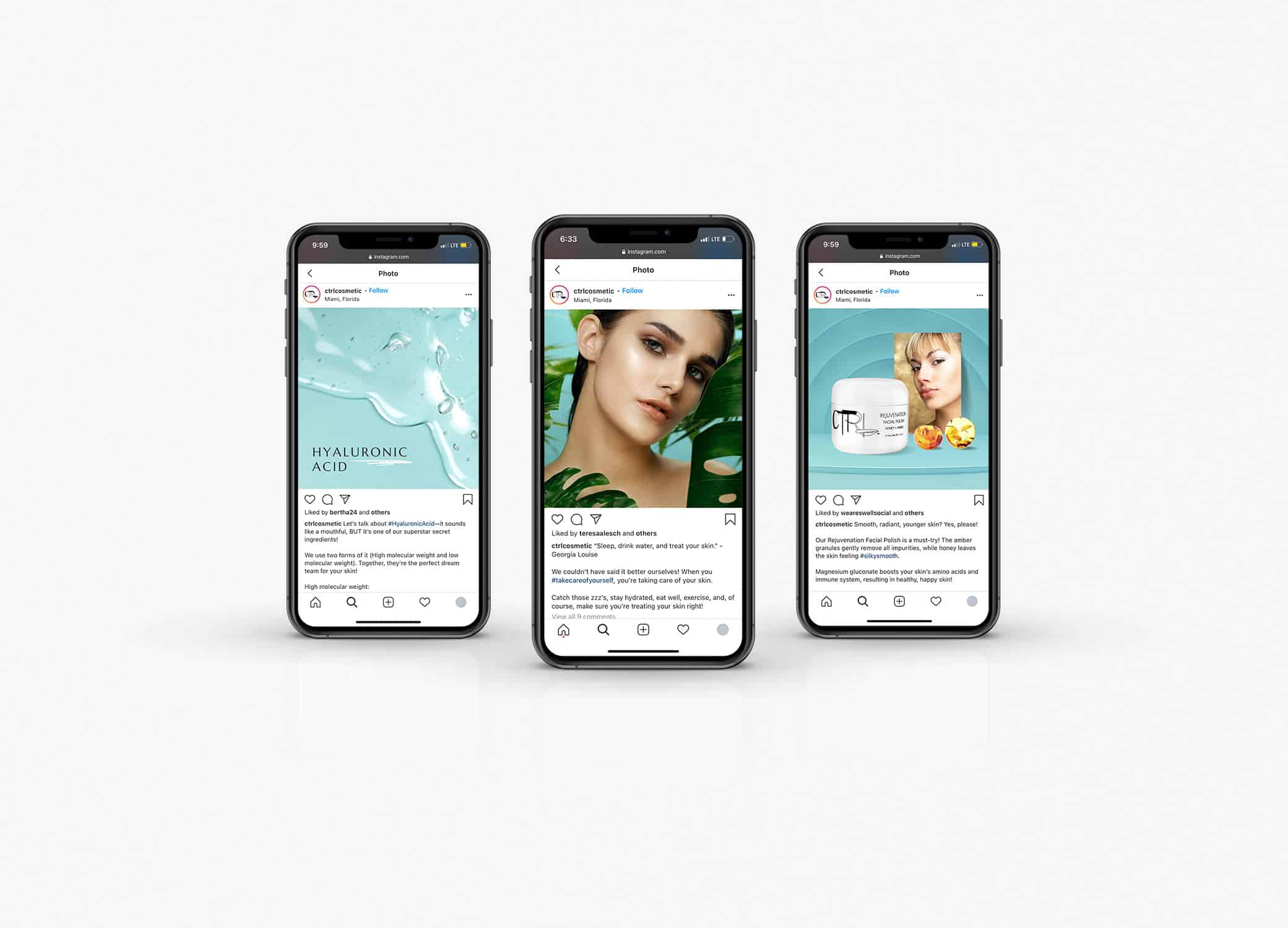
Find skincare influencers and contact them about promoting your brand in exchange for free products. Consider hosting giveaways and promotions to your followers as a way to boost social media engagement and encourage customer loyalty. Hosting giveaways can generate excitement, increase interaction with your community, and help spread the word about your brand.
You can also pitch to magazines and online publications to try to spread your brand name and let the world know about your product.
By building a strong online presence, you can increase your brand’s visibility, reach a wider audience, and drive sales for your skincare products. Whether you’re starting a small skincare business or a large private label skincare line, a strong online presence is essential for success in the beauty industry.
Remember that marketing takes time and dedication. Keep persevering and experimenting with different marketing channels until you find out what works for you!
Step 13: Navigating the Market as a New Beauty Brand
Breaking into the skincare. Engage on social media platforms to share your brand story, showcase your products, and talk directly with your target audience. Collaborate with influencers and partner with other beauty brands to expand your reach and build credibility.
Focus on creating high-quality, innovative products that address real skincare needs and set your brand apart from the competition. Stay agile by keeping up with the latest trends and regulations in the skincare industry, and be open to evolving your marketing strategies as you learn what resonates with your customers. By staying connected, adaptable, and committed to excellence, you’ll be well-positioned to grow your skincare brand and make a lasting impact in the beauty market.
For more advice about starting your own skincare line, making the important decisions for your business, and avoiding the common pitfalls new beauty business owners make, check out our course, Launch My Beauty Product!
At Crème de Mint, an award-winning packaging design agency, we’ve partnered with many skincare and beauty brands and startups, including Leigh Valentine, CTRL Cosmetics, Victoria’s Secret, Bliss, and Zach Madison.
If you are looking for a seasoned CPG branding agency, we would love to help your new brand stand out!


